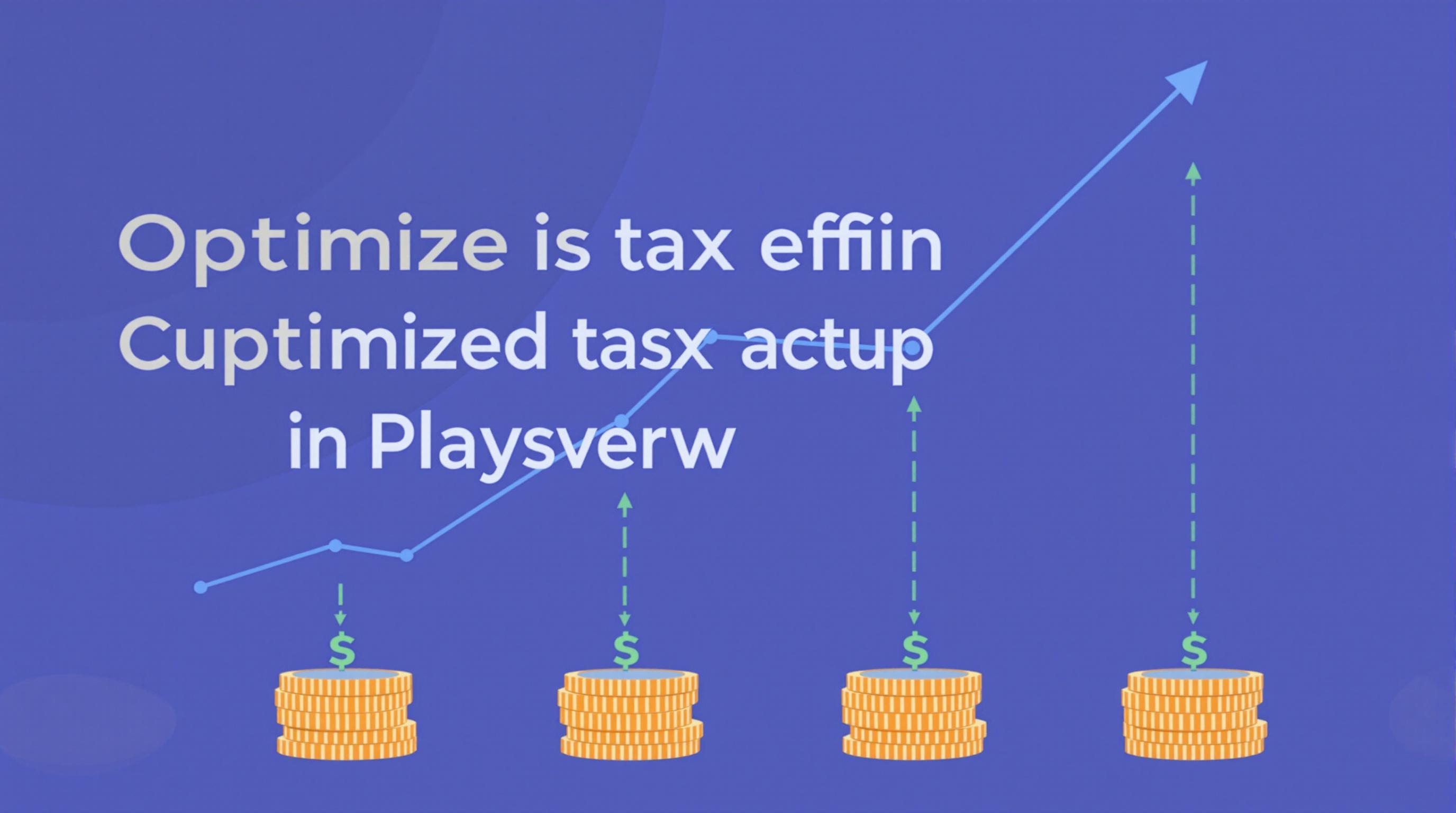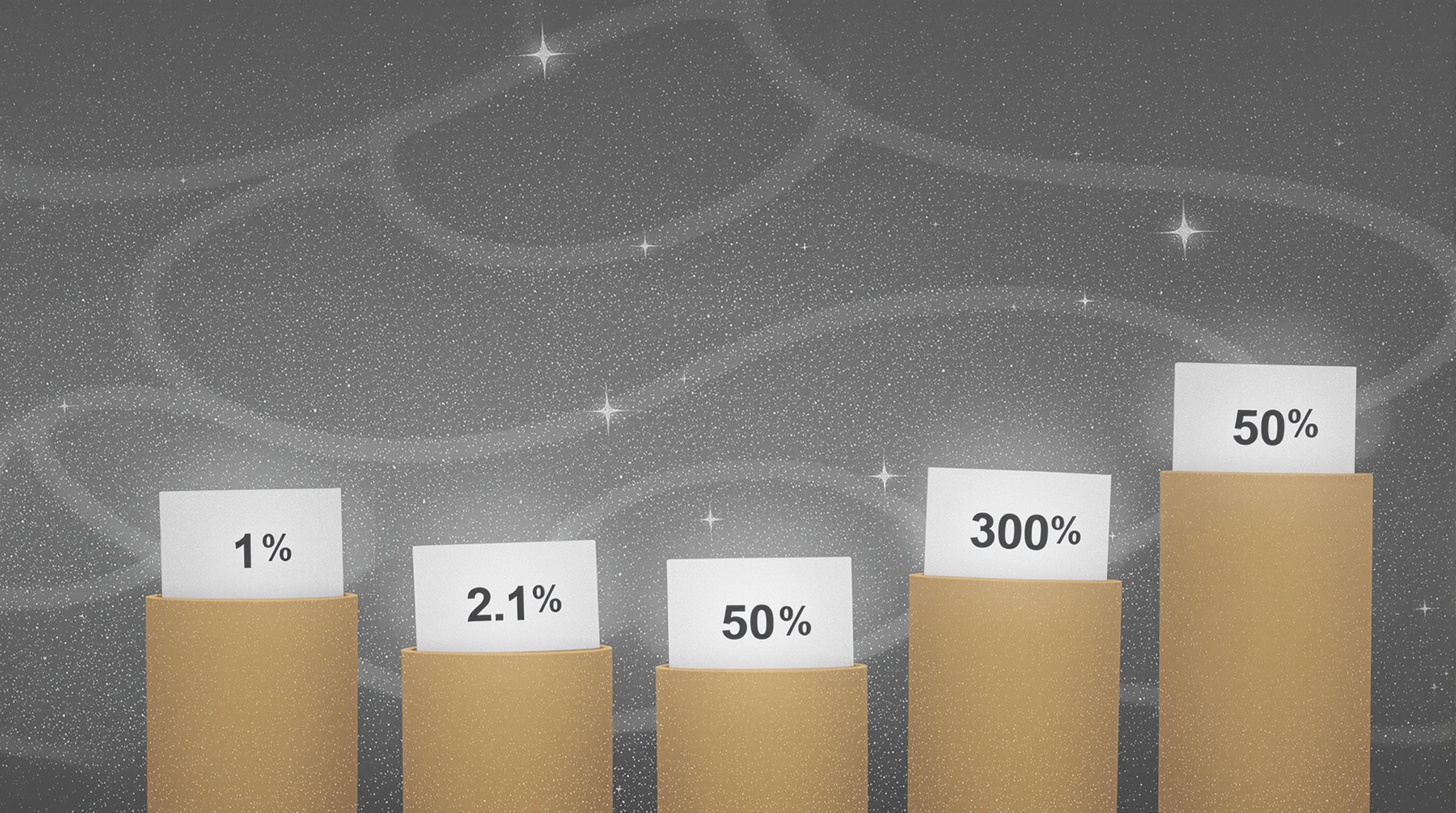Related Articles
- Unlocking Wealth: How Climate-Resilient Crops Are Shaping Financial Stability Amid Price Volatility
- Top 6 Emerging College Savings Solutions Unveiled Recently That Transform How Families Build Funds
- The surprising role of urban farming in creating economic buffers during volatile market cycles
- Unveiling the Quiet Impact of Climate Change on Municipal Bond Maturity Structures and Laddering Choices
- How Intergenerational Debt Shapes Families’ Ability to Fund Higher Education in Unseen Ways
- Top 6 Dynamic Laddering Tools from the Last Five Years Revolutionizing Interest Rate Risk Management
Top 9 High-Yield Income Solutions Introduced Since 2019: A Definitive Product Ranking and Review
Top 9 High-Yield Income Solutions Introduced Since 2019: A Definitive Product Ranking and Review
Top 9 High-Yield Income Solutions Introduced Since 2019: A Definitive Product Ranking and Review
1. Peer-to-Peer (P2P) Lending Platforms
Since 2019, P2P lending platforms such as LendingClub and Prosper have gained traction, offering investors opportunities to earn higher yields by funding personal loans directly. These platforms typically provide annual returns ranging from 5% to 12%, depending on borrower risk profiles.
P2P lending bypasses traditional banks, allowing investors to diversify their income streams with relatively low initial investment requirements. However, investors should be cautious of default risks and platform fees, which can impact overall profitability.
Overall, P2P lending remains a popular high-yield income solution, especially for those interested in alternative fixed-income products. According to a 2021 report by the Cambridge Centre for Alternative Finance, the global P2P lending market saw annual growth rates exceeding 15% over recent years.
2. Real Estate Investment Trusts (REITs) with Focus on Logistics
REITs have evolved, and those focusing on logistics and industrial real estate have surged post-2019, driven by e-commerce expansion. Companies like Prologis have provided investors with dividend yields often between 3.5% and 5.5%, coupled with capital appreciation potential.
These REITs benefit from long-term leases with major tenants and the rising demand for warehouse space, making them resilient income solutions during market volatility. The diversification into logistics has differentiated them from traditional office or retail REITs.
Investors seeking steady income with moderate risk find logistics-focused REITs appealing. The National Association of Real Estate Investment Trusts (Nareit) highlights this sector as a growth driver amid shifting commercial real estate trends.
3. High-Yield Corporate Bond ETFs
The introduction of specialized high-yield corporate bond ETFs since 2019 offers diversified exposure to below-investment-grade debt. Funds like iShares iBoxx $ High Yield Corporate Bond ETF (HYG) provide yields around 4%-7%, depending on credit conditions.
These ETFs allow investors to gain from attractive coupon payments while managing risk through portfolio diversification. The liquidity of ETFs also makes it easier to buy and sell compared to individual bonds, increasing flexibility.
However, investors should monitor economic factors that impact default rates, as high-yield bonds are sensitive to recession risks. As reported by Morningstar, these ETFs have maintained competitive yields amid interest rate fluctuations.
4. Dividend Growth Stocks with High Yield Potential
Since 2019, certain dividend growth stocks have stood out by combining capital gains with impressive dividend increases. Companies in sectors such as utilities, consumer staples, and financials have delivered yields above the 3% benchmark.
Investors focusing on these stocks benefit not only from income but also potential share price appreciation as dividends grow. This strategy balances income generation with long-term wealth building.
Financial advisory firms like Motley Fool emphasize that carefully selected dividend growth stocks can outperform traditional fixed-income instruments in low-interest-rate environments.
5. Automated Real Estate Crowdfunding
Automated platforms such as Fundrise and RealtyMogul have expanded since 2019, offering hands-off real estate investing with high-yield potential. These platforms pool investor capital to invest in diversified property portfolios, targeting annual returns of 8% to 12%.
The automation and low minimum investments lower barriers, making real estate income accessible to a broader audience. Additionally, some platforms offer preferred returns or fixed distributions, enhancing yield stability.
Investors should consider liquidity constraints and platform fees when evaluating these solutions. According to a 2022 Forbes article, real estate crowdfunding has become one of the fastest-growing segments in alternative investments.
6. Cryptocurrency Staking Services
The rise of decentralized finance (DeFi) since 2019 has introduced staking services, where users lock cryptocurrencies to support blockchain operations and earn rewards. Platforms like Binance Staking and Coinbase offer yields ranging widely from 4% to over 15%, depending on the asset.
While staking can provide impressive returns, the risks include price volatility, lock-up periods, and regulatory uncertainty. The technology's novelty means investors must conduct thorough due diligence before participating.
According to The Block Research, the total value staked on DeFi platforms grew exponentially through 2021, signaling increasing investor interest in staking as a high-yield option.
7. Green Energy Project Investments
Growing environmental awareness since 2019 has spurred investment products that finance renewable energy projects, offering high-yield income and sustainability impact. Instruments such as green bonds and solar farm revenue-sharing agreements provide annual returns from 6% to 10%.
These options appeal to socially conscious investors who seek financial returns while supporting climate goals. The projects often benefit from government incentives, improving yield reliability.
Organizations like BloombergNEF report strong capital inflows into green energy investments, reflecting robust future growth potential alongside income generation.
8. Digital Content Creation Platforms
Platforms supporting digital content creators, launched post-2019, enable investors to earn income through revenue sharing or royalties. Services such as Rally or BitClout tokenize creator profiles, offering yields linked to creator popularity and content monetization.
This novel investment approach taps into the growing creator economy, yielding income through advertising, subscriptions, or fan contributions. However, the models can be volatile and highly dependent on individual creator success.
While still emerging as income solutions, these platforms offer growth potential aligning with digital consumption trends. Research from PwC highlights the creator economy’s rapid expansion and increasing monetization avenues.
9. High-Interest Savings Accounts and Fintech Solutions
Fintech companies have introduced high-interest savings accounts with competitive yields, often between 1.5% and 4%, since 2019. Providers such as Marcus by Goldman Sachs and Ally Bank offer user-friendly platforms and elevated interest compared to traditional banks.
These accounts offer liquid, low-risk income streams ideal for conservative investors or emergency funds, although yields are lower than more speculative products. Additionally, fintech innovations enable automated savings and income optimization.
The FDIC’s 2023 data confirms a steady rise in consumer preference for high-yield savings through fintech, given their convenience and competitive returns amid fluctuating interest rate environments.
Conclusion
The nine high-yield income solutions introduced since 2019 reflect a diversified landscape catering to different risk appetites and financial goals. From P2P lending to green energy investments, innovative products are expanding opportunities for investors seeking better income generation.
While higher yields are attractive, understanding underlying risks, fees, and liquidity is essential for making informed decisions. Combining multiple solutions can help build a resilient and profitable income portfolio.
Staying updated with market trends and thorough due diligence will continue to be vital as new high-yield income products emerge in the evolving financial ecosystem.




